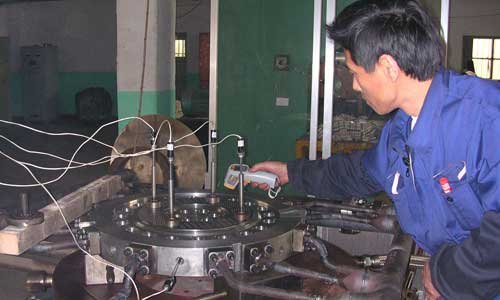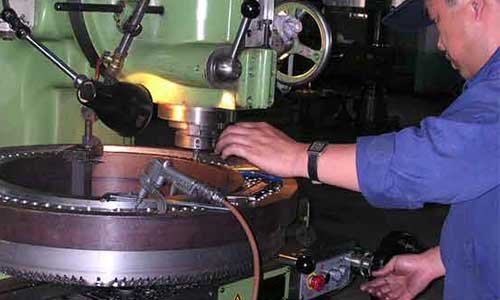Defects in the installation and operation of the underwater pelletizer-2
Long-term effect of cavitation and dandruff tumor on template granulation zone
The end face of the discharge hole has defects along the rotation direction of the cutter.
This problem is especially serious when the granulation belt is the template of hard alloy material.
To reduce the occurrence of cavitation, it is necessary to prevent the occurrence of negative pressure reduction between the knife plate and the template granulation belt or to use the template of the CerMet granulation belt.
The occurrence of chip tumor is directly proportional to the affinity of granulation belt material and cutting edge material of granulator to plastic.

Dandruff tumor is that when the moving knife and the fixed knife are cutting the plastic, the plastic is close to the front knife surface of the moving knife and the place where the Pelletizing is brought out of the material hole, causing severe friction and deformation, the generated high temperature melts the local plastic, and the melted plastic is bonded to the surface of moving and fixed knife in the film state.
The Continuous occurrence of this state forms a tumor-like deposit-chip tumor. When the chip accumulation tumor grows to a certain height, it will be knocked off by the passive knife, and the fallen chip accumulation tumor will stick a part of the material of the granulator and the template granulation taking out of the material hole itself, and move over time, the fixed knife is worn out.
At this time, the feeding knife should be run-in or the granulator should be replaced. If there is no change, it is necessary to grind the template granulation belt and grind the discharge hole.
Quote-[1] Yang Zhongbo. Causes and optimization of the failure of the underwater pelletizer for polypropylene technology [J]. Petrochemical Technology, 2017, 024(010): 26-27



